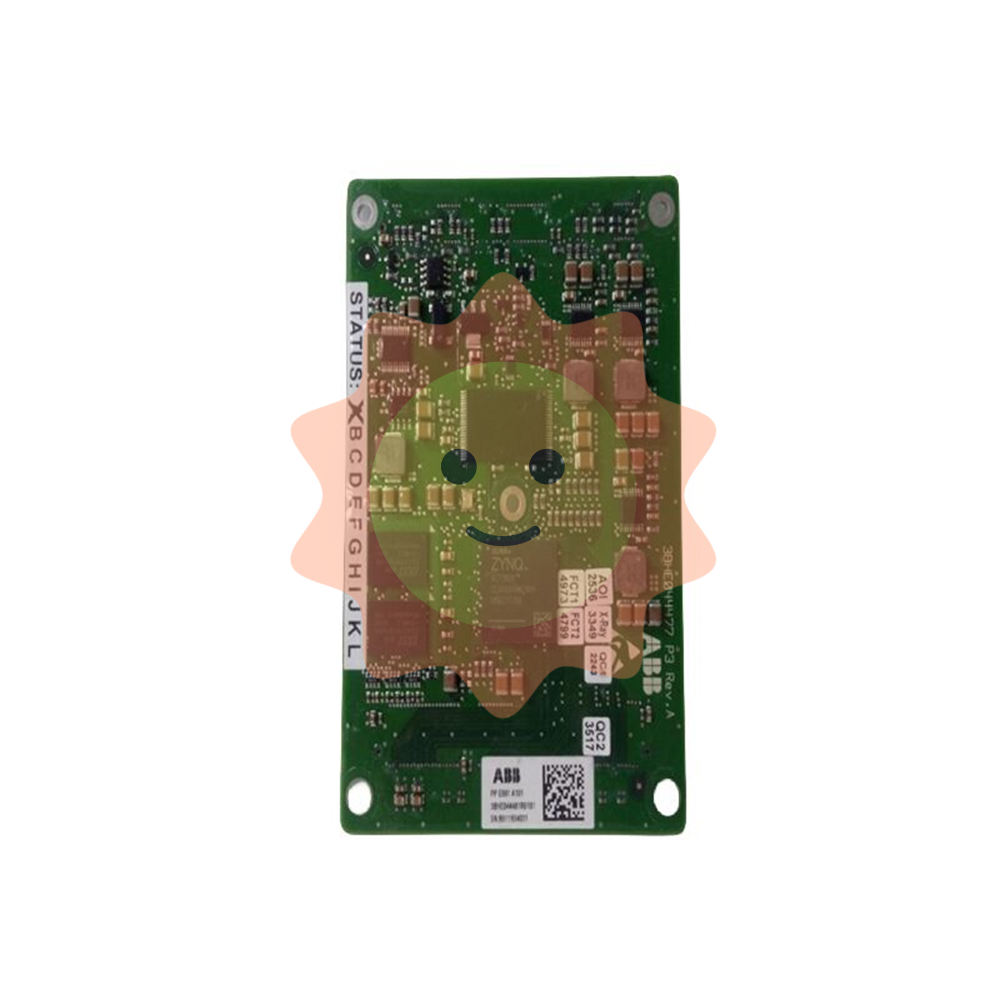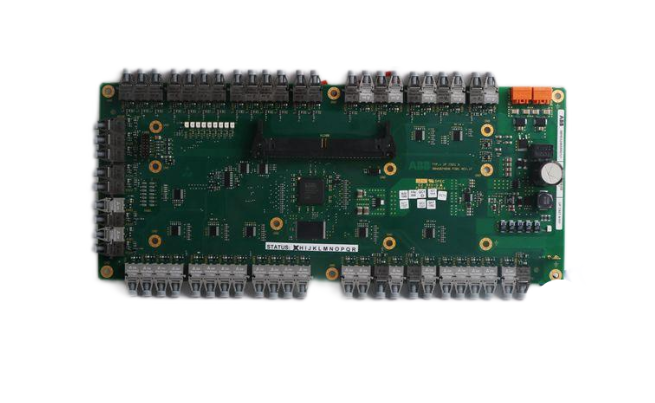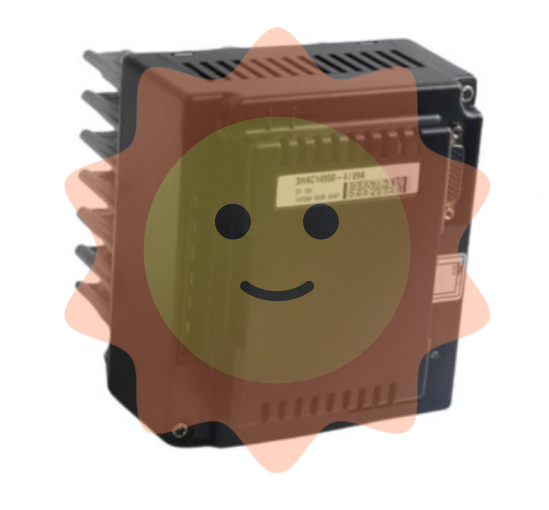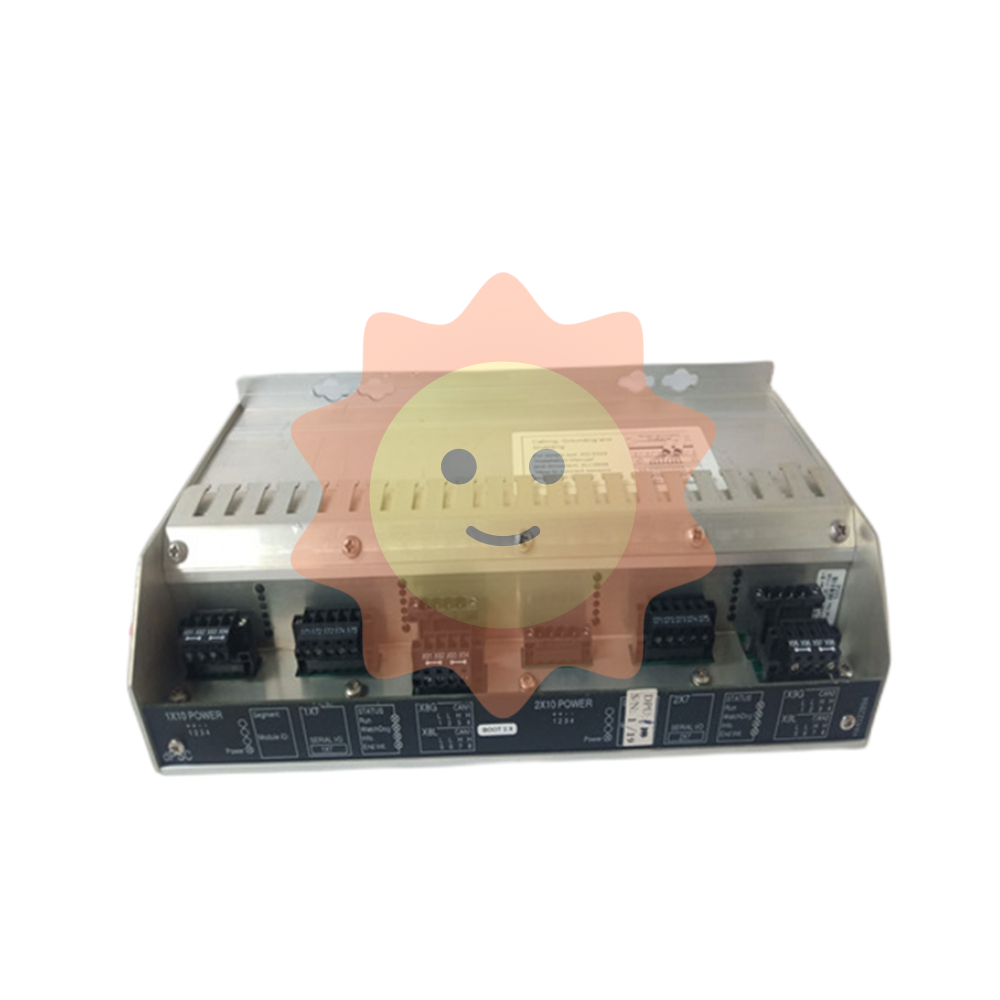Great contribution to the development of world paper making
A brief introduction to the principle of papermaking
Paper is made of fiber, but its structure is different from that of woven fabric. If a small piece of paper is placed under a high-powered microscope, it can be clearly seen that many fibers are irregularly overlapping each other, indicating that paper is a thin sheet of many plant fibers irregularly overlapping each other.
How can fibers overlap irregularly to form flat flakes? It turns out that this is the help of water, plant fibers after steaming and ramming, mixed with water, forming a mixture of plant fibers and water, that is, paper pulp, and then let the pulp through the object that can filter water (such as a screen or bamboo mat), the water is left out, leaving a thin layer of plant fibers overlapping sheets, this sheet is dried paper. Therefore, papermaking is divided into two steps: the first step is to make pulp, the second step is to form a sheet of pulp through the water filter object, and the manufacture of pulp is a primary link in papermaking. The quality of the paper is mainly determined by the quality of the pulp. Now let's see, how did pulp develop from the most primitive stage to the stage of being able to make high-grade paper?
Second, fiber separation technology - from fermentation to multistage cooking
Pulp is a mixture of plant fiber and water, strictly speaking, it should be a mixture of plant cellulose and water, and the first step in making pulp is of course to obtain plant cellulose. Cellulose is a component of plant fiber cell wall. It grows with lignin, pectin and hemicellulose and forms the wall of fiber cells. The intercellular layer between fiber cells and fiber cells in the whole fiber is filled with lignin, that is to say, the whole fiber cell is surrounded by lignin. A simple way to obtain plant cellulose is to mechanically separate the cellulose from other components through the mechanical action of a wood grinder.

Now newsprint is made by separating the cellulose from the wood grinder. But the pulp made by this mechanical method is not of high quality. Because the pulp in addition to cellulose, there are this quality, pectin, hemicellulose, only the other components of cellulose separated. Lignin and pectin are harmful impurities in papermaking. Therefore, the paper caused by this pulp, such as newsprint, will become yellow and discolored for a long time. Therefore, it is more reasonable to try to remove the lignin and pectin, so that the cellulose is separated.
Although we do not understand this truth in ancient China, in the practice process, we have gradually adopted various effective methods to remove harmful impurities, separate cellulose, get better pulp, and make paper with higher quality, thus laying the foundation for modern chemical pulping technology.
The earliest separation of fibers was by dipping. In the Book of Songs of the Zhou Dynasty, there are lines such as "The pool of East Gate can retting hemp" and "The pool of East Gate can retting lii". Both hemp and ramie here refer to hemp plants. The way to separate the fibers is to soak the hemp in a pool. Since the water in the pool does not flow, the temperature of the water in the pool rises under the sunlight for a long time, creating conditions for the propagation of microorganisms in the water. At this time, the microorganisms take pectin as nutrition and multiply rapidly, so as to achieve the purpose of degumming. When the pectin is removed from the fiber, the lignin loosens. When the smell is long, the cellulose is separated. This shows that as early as three thousand years ago, the Zhou Dynasty had used the method of retting to separate the fiber. Of course, paper was not invented at that time, and the separated fibers were used to make hemp products, but this method was also used when paper making began later.
This method of separating fiber by microbial fermentation, the lignin is not easy to remove, requires a long fermentation time, and is obviously not a good method. Later, it was found that it was better to add wood ash and clam for degluing during the retting process, and the same substance was added during the retting process, which greatly accelerated the speed of fiber separation, because wood ash was potassium carbonate and clam was calcium oxide. The aqueous solution of these two substances is an alkaline solution, and calcium oxide is dissolved in water and has an exothermic effect, which increases the temperature of the aqueous solution. This relatively hot alkaline solution not only dissolves pectin, but also has a dissolving effect on lignin. In the "Kaogong Ji" published in the Warring States period, there is a record of using neem as ash and "mirage" when retting silk. This indicates that the silk was degumming with wood ash and mirage at the latest during the Warring States period.
When hemp fiber began to be deglued by this method is not recorded in the literature, but according to the analysis of Western Han ramie flocculant unearthed in Fenghuang Mountain, Jiangling, Hubei, there are a lot of calcium ions on the surface of the fiber, indicating that hemp fiber has been deglued by lye at the latest in the Western Han Dynasty.
Of course, mirage added to the water, the water temperature increase is not high, and lignin in high temperature lye, the chemical reaction is relatively rapid, later in practice to take high temperature lye cooking method, greatly shorten the separation of fiber time, the effect is better, from the fiber separation technology reached a new stage. It shows that at the latest in the Eastern Han Dynasty before The Three Kingdoms had begun to use the method of cooking to purify plant fibers.

Chemical cooking does a good job of removing lignin, but it also damages cellulose. If the cooking time is too long, the temperature is too high, and the alkali is too much, the cellulose will also be dissolved in the alkali solution in large quantities, affecting the yield (harvest rate) and quality of the pulp. In the case of low temperature, less alkali cooking time is not long, and can not achieve the expected effect. Therefore, cooking alone is not an ideal way. After a long period of exploration and repeated practice, people finally invented a multi-level processing method.
The method of multistage treatment is mainly to combine a variety of fiber separation methods together to improve the effect of fiber separation. Papermaking raw materials are first soaked in water for retting, and then the retting of raw materials for lye cooking, vegetarian cooking is not enough, can be repeated many times, and then the raw materials are piled and fermented, and finally washed, ramming into pulp. The Ming Dynasty "Tiangong Kaiwu" detailed introduction of the whole process of multistage pulp treatment, paper production in the application of multistage processing methods, of course, earlier.
What needs to be explained here is the fermentation pulping method, although it has the shortcomings of long fermentation time, large footprint and so on, but due to low production cost, light damage to the fiber, and high pulp yield, it is still used and has been used until now. At present, in Fujian, Jiangxi and other areas, bamboo is used as raw materials to produce light yellow cultural paper, such as raw edge paper, jade buckle paper, using traditional methods such as lime impregnation and water fermentation.
In modern paper production, in addition to alkali pulping, there is acid pulping, cooking raw materials with a mixed acidic solution of sulfite and sulfite, so that the non-cellulose in the papermaking raw materials is dissolved in the acid solution, and the cellulose in the raw materials is separated. This kind of acid pulping, our country has started in the late Ming and early Qing Dynasties, "Taiping Qing Dialect" there is a record of "using urine to soak straw" to make pulp. Urine is human urine, which contains urine base salts and is acidic. If the straw soaked in human urine is piled up, the microorganisms in the air are used to ferment it, and the urine-based salt in the urine gradually permeates the inside of the straw, dissolving part of the non-cellulose, and then further cooking and pulping, this method of human urine soaking straw can be regarded as the precursor of acid pulping.
About two hundred years later, in 1866 foreign countries invented sulfite pulping, that is, acid pulping, in 1874 this acid pulping was officially put into production. The method of human urine impregnation is simple and easy to do without any cost, so until today, when the vast rural areas of Fuyang area on the outskirts of Hangzhou handmade bamboo paper, the method of human urine impregnation bamboo material is also used.
Third, refining fiber technology - from hammering to water trip-powered
The fibers obtained after steaming of papermaking raw materials can not be directly used to make paper, because there is no affinity between these fibers, and even if they are stacked together, they will not form a sheet. The fibers that are to be stacked together are bound to each other and undergo a mechanical process. It turns out that fibers are able to bond together because cellulose molecules contain hydrophilic hydroxyl groups (-OH). When two cellulose molecules come close to each other in water, the oxygen atoms in the cellulose hydroxyl group pull the water molecules H-O-H together.
Then the water molecules act as a medium to hold the two cellulose together, and when the water evaporates, the water molecules run away, and the two cellulose forms a hydrogen bond, holding the cellulose together. That's how fibers are stacked together, dehydrated, and tightly sheathing. But cellulose has a shell that holds the hydroxide group tightly inside, so this shell must be broken up by hammering, pounding, or other methods to refine the fiber and expose the hydroxide group to form hydrogen bonds. This technique of striking fibers is called beating. Let's take a look at the development of beating technology.
Beat the drawing by hand

We know that papermaking began with the hammering of the strands scattered in the water during retting, similar to the method of batting in the water. Although batting is to break up the silk of the bad cocoon, the beating of paper making is to break up the outer 売 of the cellulose. Although the role is different, this unintentional imitation has opened the door to papermaking. However, in this method of water beating, part of the force is used to beat the water slurry, the force on the wisps is not large enough, and the force on the twine is not too heavy, and a heavy mat will be broken. In this case, the outer 売 of the cellulose is not completely destroyed. Using this raw material to make paper, of course, the paper produced is not tightly woven, and the texture is rough.
Later, through practice, people found that the fiber of paper making does not necessarily need to be beaten in water, as long as the fiber is soaked and beaten on the stone, the fiber cell wall will be destroyed, and the effect is better. Since there is no resistance from the water and no fear of breaking the mat, the force of the beating on the fiber is much greater. The beaten fibers are then released into the water. Of course, to beat the fiber to the point where you can make paper, you still need to beat it many times with sufficient strength. Is there a less labor-intensive way?
Beat the drawing with your feet
Through long-term practice, people finally found that using the method of pound rice to pound paper raw materials, the effect is much better than hammering. Because hammering is the use of swinging sticks to hit the fiber above, the fiber will be loose, and ramming in addition to the force of the arm to press down, coupled with the gravity of the pestle, the pressure of the fiber is much larger than the pounding, and ramming also tears the fiber, breaking the fiber and cutting it. The degree of fiber dissolving is much higher than the method of hammering. From punching to ramming is a major advance in papermaking technology.
It is impossible to ascertain when ramming was used to make paper. However, as early as the Neolithic Age, people used stone mortar spring rice and mastered the technology of ramming, and it is estimated that the raw materials of paper making with mortar will not be too backward. The earliest paper ramming mentioned in the literature is CAI Lun. There are many records about CAI Lun making paper with techniques such as stamping, filing and copying. Later, some people thought that the paper milling began with CAI Lun. Recently, according to the laser analysis of Ba Bridge paper, the presence of silicon elements was found. This shows that the Western Han paper is still in the early stage, has begun to use stone tools to deal with papermaking raw materials.
The foot is on the table
Later, a treadle-hammer with a foot was invented instead of a treadle-hammer with a hand. Using feet instead of hands, both labor saving, strength and relatively heavy, efficiency has been improved many times. When treadle treadle began, there is no literature available now, but in Huantan's "New Theory" of the Eastern Han Dynasty, it was mentioned that "Fuxi's benefit of making pestle and Jiudu was added by later generations, and the benefit was ten times." From here, we can see that treadle was used in the Eastern Han Dynasty, and when treadle was used for paper making. Although the relevant records have not been found, since treadle is less labor intensive than hand treadle, after the invention of treadle, people will not use treadle to replace hand pounding pulp, so it is estimated that treadle pounding paper will not be too backward.
Step reef a lot, but after all is to use human, later, people use water instead of human, and the millstones. In the Annals of The Three Kingdoms, there is a saying that "make houses and houses, make water treadle". It seems that people in The Three Kingdoms period already knew how to make ramming with water as power. The Book of Jin also detailed the name of "machine treadle", in fact, is the method of water treadle: "Today people make water wheels, the shaft is countable feet long, and the transverse wood is intersected like a rolling gun system." The water excited wheel, then the shaft smell between the horizontal wood to beat the treadle, together with a fall of the hammer, that is, even the machine treadle."

Most of the ancient papermaking workshops near the mountains and water, of course, there are conditions to use water-powered treadmills. The principle of water-powered treadmills is quite simple, mainly using the water level drop to make the water wheel rotate and drive the stone treadmills to spring continuously. "Shu JianPu" in yuan dynasty dynasty sichuan region using the millstones paper said: "cut productive reef, near the river, up and down those things will be pestle make lousy paper, polyester made clean." This clearly shows that water-powered paper-making is not later than the end of the Song Dynasty. Water-powered trip-beating is used for mechanical movement by hydraulic power, which greatly reduces labor intensity and is widely used in areas where conditions exist.
Dredging papermaking raw material fiber, from manpower to hydraulic, development to today's mechanical force, which is the development of papermaking technology in continuous progress, the degree of fiber dredging is also gradually improved with the development of power. The variety of paper depends largely on the situation of the general. Today's varieties of paper are far more than ancient times, and the requirements for beating are more, higher and more complex. Modern beaters have developed to have dozens of blades of the "flying knife roller" and the corresponding place installed 15-30 blades of the "bottom knife box", relying on the dozens of fixed bottom knives and running flying knives to ease the fiber, so as to create thousands of types of paper. Compared with the ancient pulping, modern beating is of course much more advanced, but the principle of modern beating is exactly the same as the principle of ancient pulping, and it is not difficult to see the origin of the relationship.
Iv. Conclusion:
Cooking and ramming are two processes that link up the technology of making pulp in ancient China. More than two thousand years ago in the Han Dynasty, our ancestors had already invented cooking and ramming, which is really an amazing creation. More than two thousand years have passed, papermaking in the modern world has been widely used in alkali or acid chemical pulping, enzymatic pulping and mechanical beating, continuous beating, but these pulping methods were actually originated in China's ancient chemical cooking, fermentation pulping and ramming, which can also be seen here. The ancestors of our Chinese nation have made great contributions to the development of the world paper industry with their outstanding wisdom and wisdom.
- EMERSON
- Honeywell
- CTI
- Rolls-Royce
- General Electric
- Woodward
- Yaskawa
- xYCOM
- Motorola
- Siemens
- Rockwell
- ABB
- B&R
- HIMA
- Construction site
- electricity
- Automobile market
- PLC
- DCS
- Motor drivers
- VSD
- Implications
- cement
- CO2
- CEM
- methane
- Artificial intelligence
- Titanic
- Solar energy
- Hydrogen fuel cell
- Hydrogen and fuel cells
- Hydrogen and oxygen fuel cells
- tyre
- Chemical fiber
- dynamo
- corpuscle
- Pulp and paper
- printing
- fossil
- FANUC
- Food and beverage
- Life science
- Sewage treatment
- Personal care
- electricity
- boats
- infrastructure
- Automobile industry
- metallurgy
- Nuclear power generation
- Geothermal power generation
- Water and wastewater
- Infrastructure construction
- Mine hazard
- steel
- papermaking
- Natural gas industry
- Infrastructure construction
- Power and energy
- Rubber and plastic
- Renewable energy
- pharmacy
- mining
- Plastic industry
- Schneider
- Kongsberg
- NI
- Wind energy
- International petroleum
- International new energy network
- gas
- WATLOW
- ProSoft
- SEW
- wind
- ADVANCED
- Reliance
- YOKOGAWA
- TRICONEX
- FOXBORO
- METSO
- MAN
- Advantest
- ADVANCED
- ALSTOM
- Control Wave
- AB
- AMAT
- STUDER
- KONGSBERG
- MOTOROLA
- DANAHER MOTION
- Bently
- Galil
- EATON
- MOLEX
- Triconex
- DEIF
- B&W
- ZYGO
- Aerotech
- DANFOSS
- KOLLMORGEN
- Beijer
- Endress+Hauser
- MOOG
- KB
- Moxa
- Rexroth


Email:wang@kongjiangauto.com























































































































